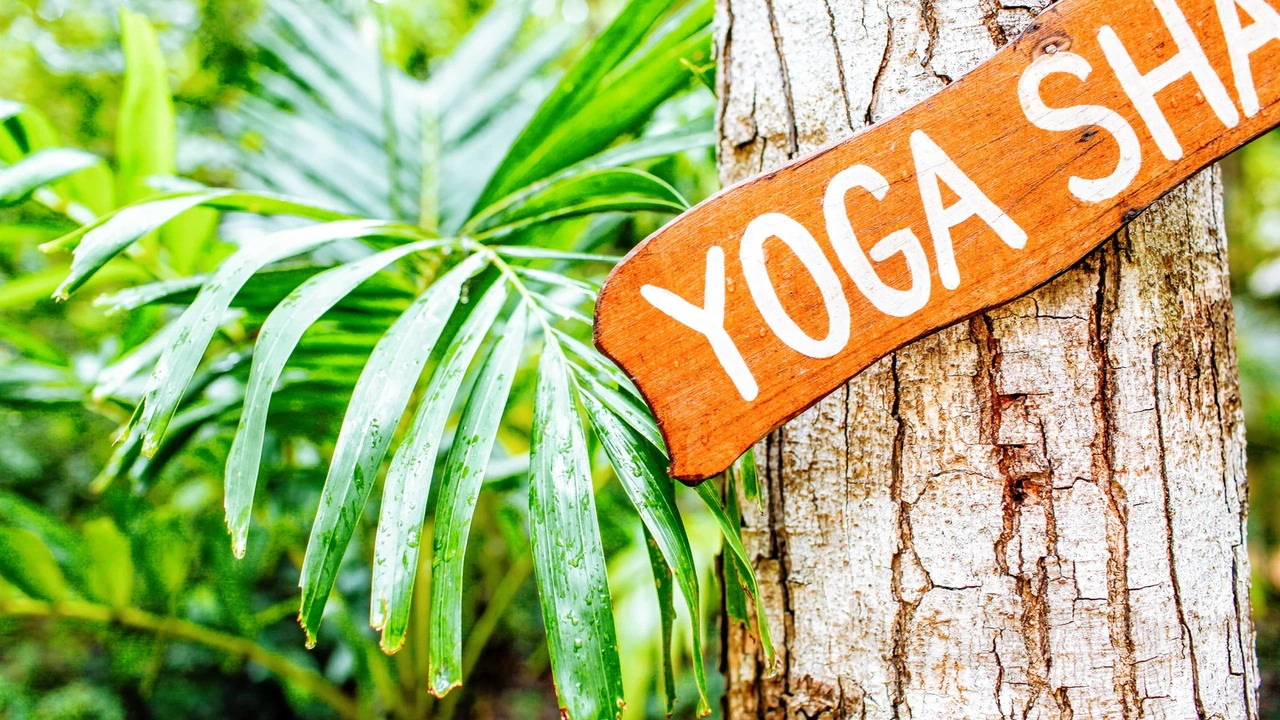
Why Ashtanga Will Never be Popular
Sep 06, 2021There was a time when Ashtanga yoga was almost popular. Remember back when Madonna and Gwyneth Paltrow were proudly practicing? That might be the closest Ashtanga will ever get to being mainstream. After a year and a half of a pandemic I find myself wondering if any Ashtanga shala's will survive, let alone be popular.
Vinyasa and Bikram classes can be found just about everywhere, and they are often bursting at the seams. Meanwhile, Ashtanga classes can be nearly impossible to find and, if you do, they’re rarely full. Transmission of education is absolutely necessary for the knowledge of Ashtanga yoga to spread—so why isn’t this practice that so many other popular styles of yoga have stemmed from more ubiquitous?
Honestly? My guess is simply: it’s just harder. I don’t mean this physically, necessarily. I mean that it’s more demanding. In a world where we’re taught to take the path of least resistance, Ashtanga asks us to choose the path with the most resistance. It’s a slower and more arduous path, but there’s much to be gained on it.
Having taught Ashtanga for over 15 years, I know firsthand the bad reputation this stye of yoga gets. Whether people think it’s too hard, or that they aren’t athletic enough, or there are too many rules, or they got hurt in an Ashtanga class once and never came back, people definitely have a lot of hangups and preconceived notions about Ashtanga.
And it’s understandable, especially in our culture of instant gratification. Ashtanga Yoga is an ascetic practice, which means practicing self-discipline and voluntarily undergoing challenge, discomfort, and hardship. This type of self discipline simply isn’t for everyone, and many people will turn away from this path. But many people are also drawn to this path and find great value and growth through it.
First and foremost, Ashtanga is a breathing practice. Now, outwardly it might not look like it, but any experienced teacher will likely take any new student back to the basics of breathing. This can be very humbling. No arm balances or Instagram poses for newcomers, even though the student might be physical capable. In fact, even with previous yoga experience, a new student might do nothing but Surya Namaskara and standing postures for a month. This can be extremely humbling—and sometimes boring.
Ashtanga Yoga requires the student’s full participation and full effort. This practice asks a great deal of the student in terms of commitment and self-motivation. Yes, it is physically demanding. But anyone can practice if they are willing to practicing consistently, patiently, and for a long time. Patience, consistency, and repetition are some of the keys to Ashtanga yoga. Eventually, the practice becomes accessible and transformative, even to the person who seemed least naturally inclined. If you follow the method for long enough, you'll end up with a respectable yoga practice.
On the flip side, when taught dogmatically, Ashtanga can be discouraging, exclusive, and even dangerous, and it certainly involves the chance of injury or harm unless dealt with carefully.
The unique difficulty of Ashtanga lies not in the physical but in the mental challenges. This begins with simply waking up early and remembering the sequences of postures—often daunting tasks for new students. The mental challenges don’t stop there. Ashtanga requires you to face your own limitations so as not to hurt yourself in practice, to take responsibility for your practice, advocate for yourself with your teachers, and keep going when it gets challenging.
Perhaps the biggest mental challenge of Ashtanga is the repetitiveness. The repetitiveness of the practice results in weeks, months and sometimes even years, of doing the exact same sequence of postures every day. Doing the same thing, day in and day out, without noticeable advancement can be tiring and infuriating. Plus, as we add poses to our practices the duration of the practice itself can present a mental challenge.
Ashtanga asks everyone to do the same postures. It doesn’t matter what a student’s perceived advantages or limitations might be—everyone starts in the same place in this practice. We don’t get to skip around and focus only on poses we like or that suit our strengths. In Ashtanga, practice forces us to face our weaknesses, which requires a certain mental fortitude. Ashtanga yoga calls you out on your shortcomings and forces you to face them day after day until finally something changes ever so slightly and you get a different result.
While other yoga practices allow for goal-setting that conforms to expectations of the external world, Ashtanga redirects your focus to that which will most elevate your practice, and your self, as a whole. Rather than focusing on trying to perfect something that seems easily attainable, Ashtanga perpetually reminds us of the unreality of perfection. It allows us to find balance between opposite extremes in order to settle the mind in a state of equilibrium.
Maybe the reasons Ashtanga Yoga isn’t popular are the very reasons that it should be. The practice demands more from a student than they would likely ever demand of themself. It’s a humbling practice. It isn’t easy, and it's not exactly fun, but the transformation that follows the commitment and discipline make it a uniquely powerful practice.
Go into your body and discover the Ashtanga yoga system in your own way. If it was popular, everybody would be doing it. But this is a practice that’s just for you.
Summer Yoga Habit Builder: 7 led yoga practices, 5 guided meditations, and a downloadable practice journal and calendar. Grab it here!
▶️Download my FREE 30 day Practice calendar!
Stay connected with news and updates!
Join our mailing list to receive the latest news and updates from our team.
Don't worry, your information will not be shared.
We hate SPAM. We will never sell your information, for any reason.




